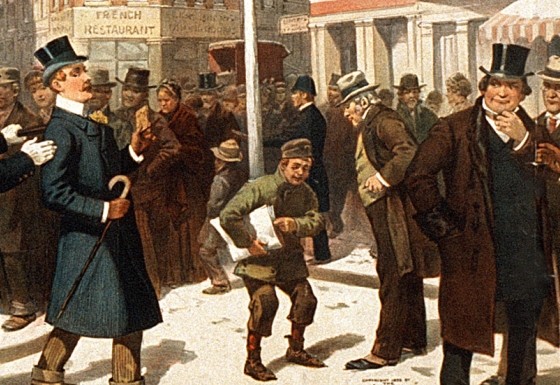Early American Newspapers: Series 13, 1803-1916
The American West
Unprecedented coverage from every state west of the Mississippi River
Summary
Learn what makes this product unique
- Thousands of exceedingly rare U.S. newspapers published in every state West of the Mississippi River
- Many of the earliest and most valuable small-town titles from across the expanding American frontier
- A century of Western America—from Lewis & Clark to the Progressive Era—online for the first time
Give It a Try
Take a step toward access for your library
The Early American Newspapers series is available within America’s Historical Newspapers.
“…an essential source…”
“Makes research for scholars and students much easier and more rewarding.”
—
Graham Hodges, George Dorland Langdon Jr. Professor of History, Colgate University
Areas of Study
This product supports the following subjects
American Studies
British & European Studies
Business History
Childhood Studies
Environmental Studies
Ethnic Studies
Immigration Studies
Literature & Theater
Native American Studies
Politics
Religion & Theology
STEM History
US History
War & Conflict
Women's Studies






